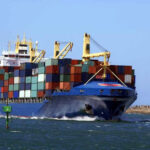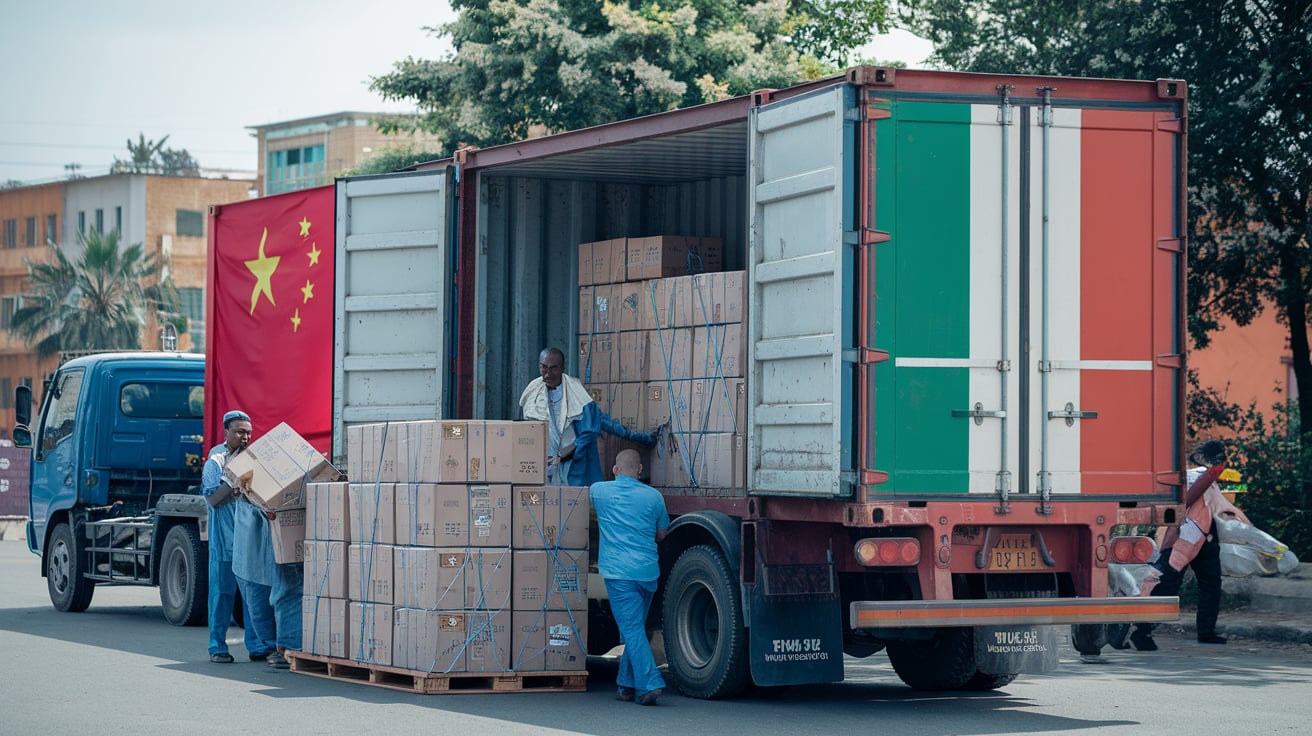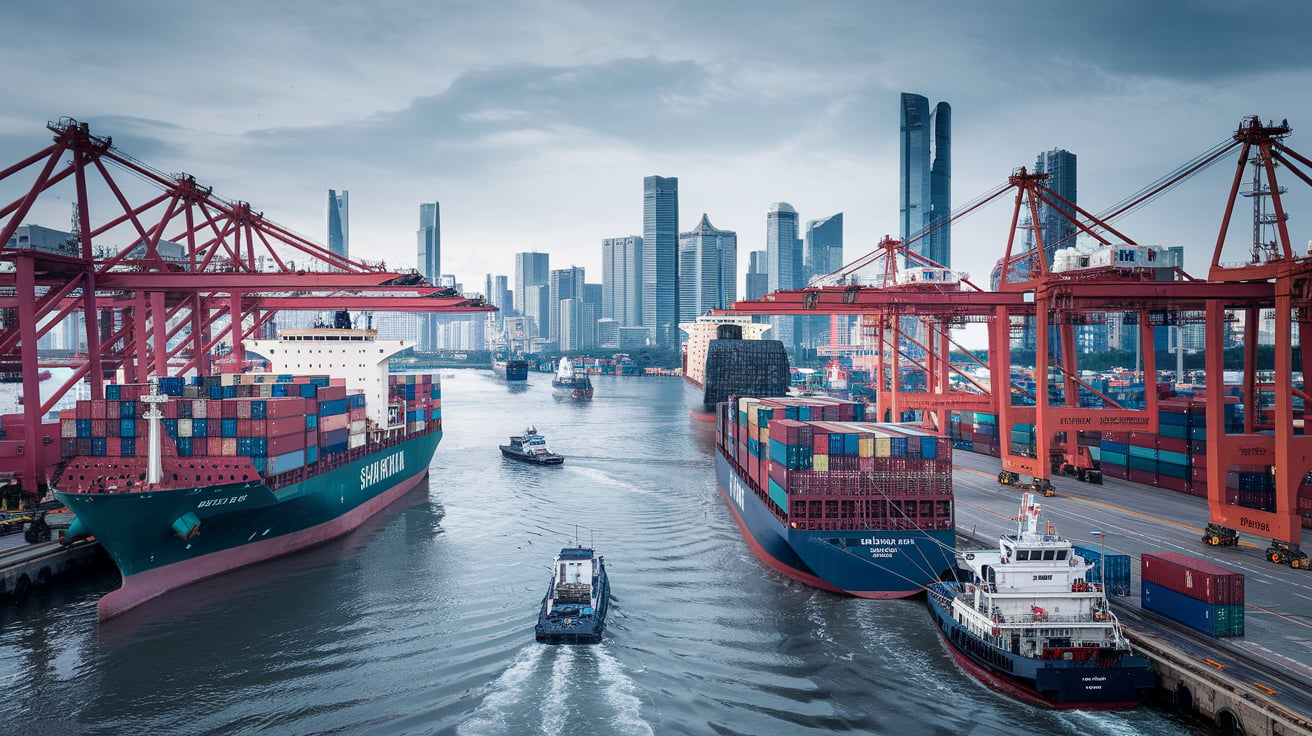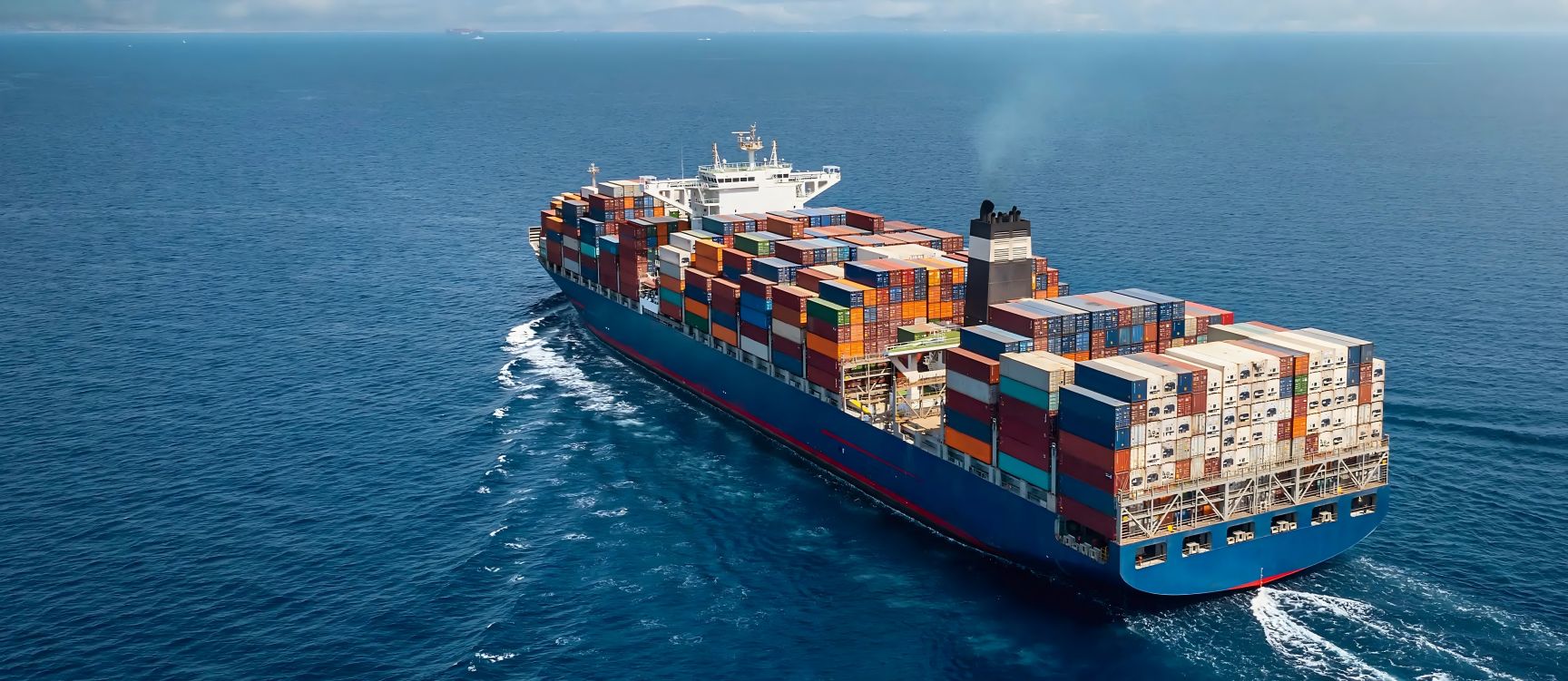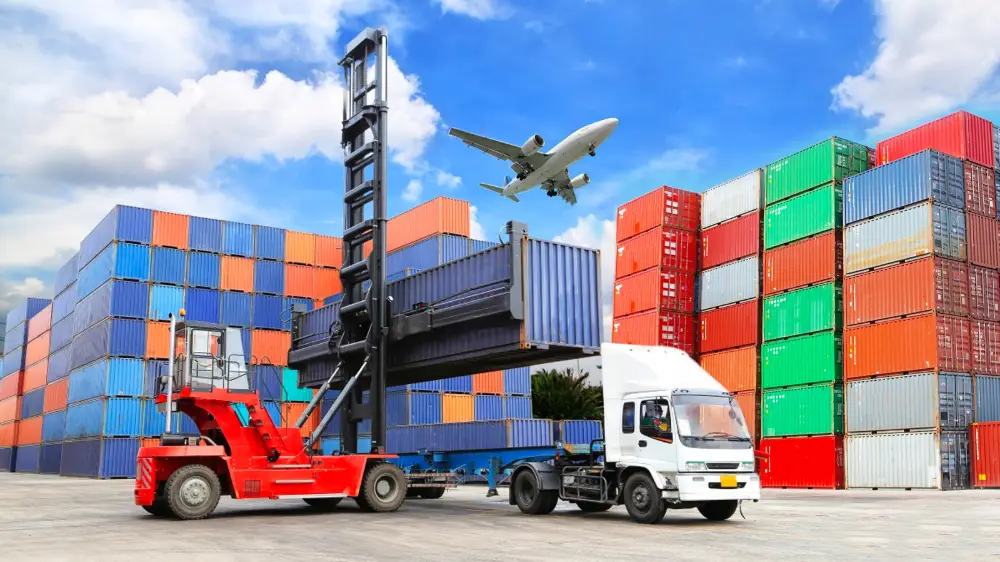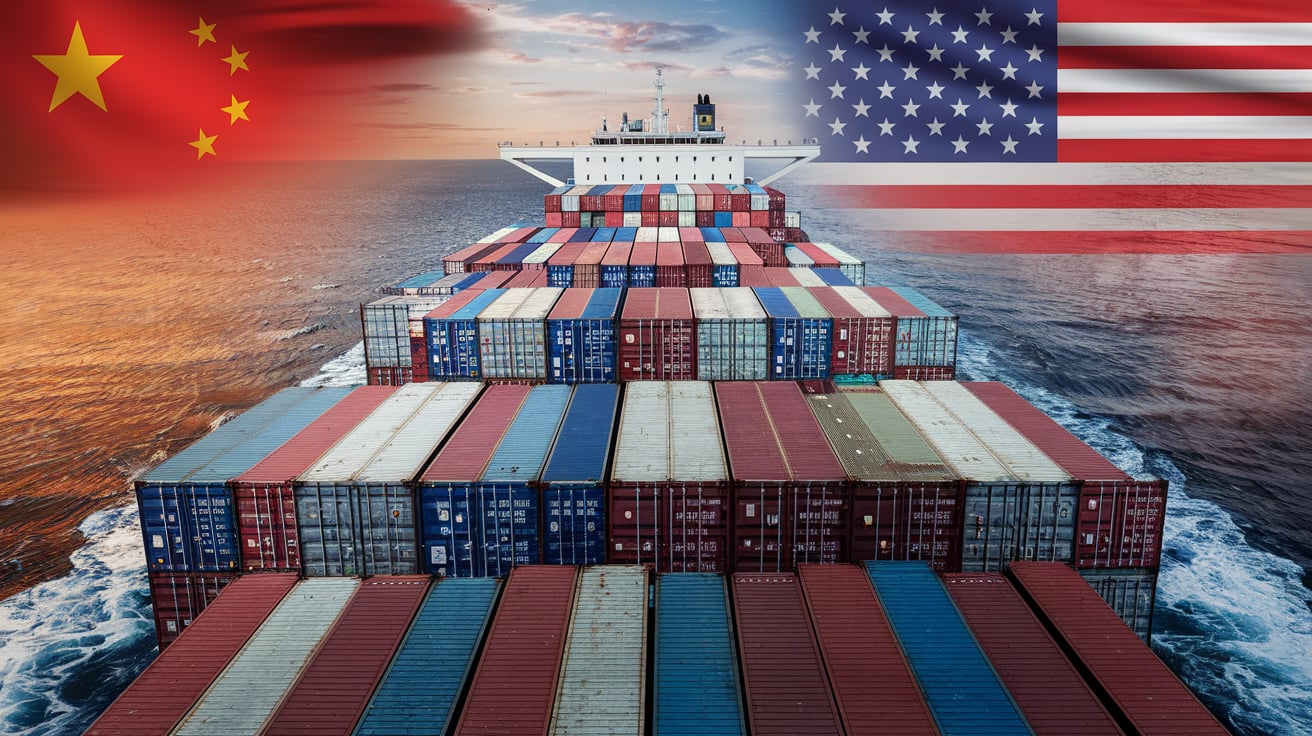Navigating the world of sea freight shipping from China to Hungary can be a daunting task, especially for businesses seeking to import goods efficiently and cost-effectively. Understanding the intricacies of this process is crucial for ensuring a smooth transaction. This guide provides a comprehensive overview of sea freight, its benefits, and essential steps involved in shipping goods across oceans. From selecting the right shipping method to preparing necessary documentation and overcoming potential challenges, this resource is tailored to equip you with the knowledge needed to successfully manage your logistics needs. Whether you’re a seasoned importer or new to the industry, our step-by-step guide will help you streamline your sea freight operations with confidence.
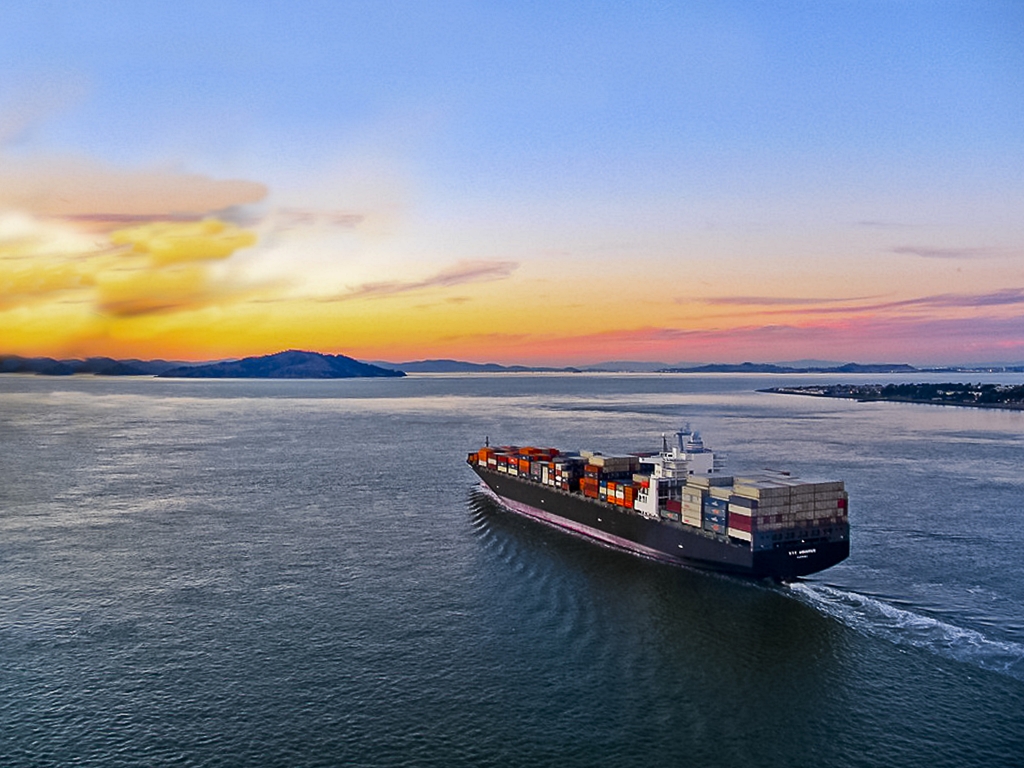
Understanding Sea Freight Shipping From China to Hungary
Sea freight shipping refers to the transportation of goods via ocean vessels. It is a cost-effective solution for importing large quantities of products, especially from manufacturing hubs like China. This method utilizes various types of vessels, including container ships, bulk carriers, and tankers, to facilitate international trade. Sea freight is particularly advantageous for bulky and heavy items, as the costs are significantly lower compared to air freight.
The process of sea freight involves several critical steps, including booking space on a ship, preparing documentation, and customs clearance. Shipping from China to Hungary typically takes several weeks, depending on the specific ports of origin and destination, as well as the shipping routes utilized.
Benefits of Sea Freight from China to Hungary
There are numerous advantages to opting for sea freight when importing goods from China to Hungary:
-
Cost-Effectiveness: Sea freight is generally less expensive than air freight, especially for large volumes. This allows businesses to save on logistics costs, enabling them to offer more competitive pricing for their products.
-
Capacity for Large Shipments: Sea vessels can transport substantial quantities of goods in a single shipment, making this method ideal for bulk purchases. This caters well to businesses that require large stock levels.
-
Safety and Security: Goods shipped by sea are typically secure, as containers are sealed and monitored throughout the shipping process. Insurance options are available to provide additional protection, should there be any unforeseen incidents.
-
Environmental Impact: Shipping by sea is generally more eco-friendly than air transport, producing lower carbon emissions per ton of cargo.
-
Variety of Shipping Options: Importers can choose from various service options, such as door-to-door shipping, which provides a seamless solution for moving goods from suppliers in China directly to the final destination in Hungary.
Types of Sea Freight Services
When considering sea freight, there are several service options available, each catering to different needs and budgets:
-
Full Container Load (FCL): This option allows importers to utilize an entire shipping container for their cargo. FCL is ideal for businesses with large shipments, as it offers greater efficiency and reduces the risk of damage.
-
Less Than Container Load (LCL): For smaller shipments, LCL allows importers to share container space with other shippers. This option is cost-effective, as you only pay for the space you use, making it a suitable choice for businesses with lower volume needs.
-
Consolidated Shipping: This service combines multiple shipments into one container, reducing costs while still allowing smaller shipments to be sent via sea freight. It provides a balance between cost savings and convenience.
-
Reefer Shipping: For perishable goods, reefer (refrigerated) containers are necessary to maintain appropriate temperature levels. This service is essential for businesses dealing in food, pharmaceuticals, and other temperature-sensitive products.
Read More:
- Shipping From China To Netherlands
- Shipping From China To Spain
- Shipping From China To Germany
- Shipping From China To France
- Shipping From China to Italy
- Shipping From China To Poland
- Shipping From China to United Kingdom
Preparing for Your Sea Freight Shipment
Proper preparation is crucial to ensure a smooth sea freight shipping experience. Below are key steps to take in preparation for your shipment from China to Hungary.
Calculating Cargo Volume and Weight
Before shipping, it’s essential to accurately calculate the cargo volume and weight. This information is vital for determining shipping costs and ensuring compliance with shipping regulations. The volume can be calculated by measuring the dimensions (length, width, and height) of your goods and converting them into cubic meters. Similarly, the weight can be calculated in kilograms or pounds.
Example Calculation:
| Item Description | Length (cm) | Width (cm) | Height (cm) | Volume (m³) | Weight (kg) |
|---|---|---|---|---|---|
| Item 1 | 100 | 50 | 50 | 0.25 | 30 |
| Item 2 | 200 | 100 | 100 | 2.00 | 200 |
Properly assessing these metrics will help you choose the most suitable shipping option.
Choosing Between FCL (Full Container Load) and LCL (Less Than Container Load)
Selecting the appropriate shipping method is pivotal. FCL is advantageous for larger shipments, as it offers space solely for your cargo, minimizing risks of damage and delays associated with shared containers. Conversely, LCL is perfect for smaller shipments that do not require an entire container, allowing you to save on costs while maintaining flexibility.
Considerations for FCL vs. LCL:
| Factor | FCL | LCL |
|---|---|---|
| Cost Efficiency | Better for large shipments | Cost-effective for small shipments |
| Transit Time | Faster (direct shipment) | May take longer (consolidation) |
| Risk of Damage | Lower risk | Higher risk (shared space) |
| Container Availability | Limited by container size | More adaptable options |
Understanding these differences will facilitate informed decision-making when planning your sea freight.
Selecting the Right Container Size
Choosing the right container size is imperative. Standard container sizes include 20-foot and 40-foot options. The container size should be determined based on the volume and type of goods being shipped.
Common Container Sizes:
| Container Size | Dimensions (L x W x H) | Capacity (CBM) | Typical Use |
|---|---|---|---|
| 20-foot | 6.058m x 2.438m x 2.591m | 33.2 | Small to medium shipments |
| 40-foot | 12.192m x 2.438m x 2.591m | 67.7 | Large shipments |
Selecting the appropriate container size is vital to optimize shipping costs and ensure the safety of your cargo.
For reliable and professional freight forwarding services, consider partnering with Dantful International Logistics, a highly professional and cost-effective one-stop international logistics service provider for global traders. With our expertise in sea freight and comprehensive services, we can help streamline your shipping process from China to Hungary and beyond.
Essential Documents for Sea Freight From China to Hungary
Importing goods from China to Hungary requires meticulous documentation to ensure compliance with international shipping regulations. Here’s a detailed overview of the essential documents involved in the sea freight process:
Commercial Invoice
The commercial invoice is a fundamental document that outlines the terms of sale between the buyer and seller. It includes critical information such as:
- Seller and buyer details
- Description of goods
- Quantity and price of each item
- Payment terms
This document serves as proof of the transaction and is necessary for customs clearance both in China and Hungary.
Packing List
The packing list provides a detailed description of the cargo and serves as a tool for the freight forwarder, customs, and the receiver. It typically includes:
- Itemized list of the contents within each package
- Weight and dimensions of each package
- Total number of packages
This document aids in the verification process during customs checks and ensures that all goods are accounted for upon arrival.
Bill of Lading
The bill of lading (B/L) acts as a receipt for the goods and a contract of carriage between the shipper and the carrier. It includes:
- Details of the shipper and consignee
- Description of the cargo
- Shipping route and destination
- Terms of carriage
The B/L is essential for claiming the cargo at the destination port and must be presented for customs clearance.
Certificate of Origin
The certificate of origin certifies that the goods being shipped originate from a specific country, in this case, China. This document may be required for customs duties and tariffs and is often necessary to comply with trade agreements or regulations in Hungary.
Customs Declaration Forms
Customs declaration forms are vital for the import process, allowing customs authorities to assess duties and taxes on the goods. These forms typically require:
- Information from the commercial invoice and packing list
- Details about the shipping method and route
- Classification of the goods under the Harmonized System (HS) codes
Accurate completion of these forms is critical to avoid delays and ensure compliance with local regulations.
The Sea Freight Shipping Process Step-by-Step
Understanding the step-by-step process of sea freight shipping from China to Hungary can help streamline operations and avoid common pitfalls.
1. Obtaining a Freight Quote and Booking
The initial phase involves contacting a freight forwarder to receive a freight quote. This process includes:
- Providing shipment details such as dimensions, weight, and destination.
- Agreeing on shipping terms and rates, which might involve negotiating costs associated with transportation, insurance, and customs clearance.
- Confirming the booking once both parties have reached an agreement.
2. Cargo Pick-Up and Delivery to the Port
After securing a booking, the next step is to arrange for cargo pick-up from the supplier in China. This includes:
- Coordinating transportation to ensure that goods are picked up on schedule.
- Ensuring that the cargo is delivered to the port of departure in China, ready for loading onto the vessel.
3. Export Customs Clearance in China
Before the cargo can set sail, it must undergo export customs clearance, which involves:
- Submitting all required documents, including the commercial invoice, packing list, and bill of lading.
- Paying any export duties and taxes that may apply.
This step is essential for ensuring that the shipment is legally cleared for export.
4. Loading and Ocean Transportation
Once cleared, the cargo is loaded onto the vessel. Key points include:
- Ensuring that the cargo is securely stowed to prevent damage during transit.
- Understanding the transit time from China to Hungary, which typically ranges from 30 to 45 days, depending on shipping routes and port congestion.
5. Import Customs Clearance in Hungary
Upon arrival in Hungary, the goods must undergo import customs clearance, requiring:
- Submission of import documents, including the bill of lading and customs declaration forms.
- Payment of import duties and taxes, as determined by Hungarian customs authorities.
Proper handling of this process is crucial for the timely release of goods.
6. Cargo Unloading and Delivery to the Final Destination
After customs clearance, the final phase involves unloading the cargo at the port of arrival in Hungary and arranging for its delivery to the intended destination. This includes:
- Coordinating with a local transport service for final delivery.
- Ensuring that the cargo reaches your warehouse or facility without delays.
Challenges of Sea Freight
While sea freight is a reliable shipping method, businesses should be aware of potential challenges.
Longer Transit Times: Planning for Delays
Sea freight typically involves longer transit times compared to air freight. Factors such as port congestion, customs delays, and unforeseen circumstances (like strikes or pandemics) can extend shipping durations. It’s crucial to plan for potential delays by placing orders well in advance and maintaining open communication with your freight forwarder.
Weather-Related Risks: Ensuring Cargo Safety
Weather conditions can significantly impact sea freight operations. Storms, rough seas, or adverse weather can lead to delays or cargo damage. Working with a reputable freight forwarder like Dantful International Logistics can help mitigate these risks, as they often have contingency plans in place to address weather-related disruptions.
Tips for a Smooth Sea Freight Experience
To ensure a successful sea freight experience from China to Hungary, consider the following tips:
Choosing a Reliable Freight Forwarder
Selecting a competent and experienced freight forwarder is critical. Look for firms with strong industry connections, positive customer reviews, and comprehensive service offerings, such as Dantful Logistics, known for their expertise in international shipping and logistics.
Packing and Labeling Your Cargo Properly
Proper packing and labeling of your cargo can prevent damage and expedite customs clearance. Ensure that all packages are securely packed and clearly labeled with relevant information, including handling instructions and destination details.
Tracking Your Shipment During Transit
Utilize tracking services provided by your freight forwarder to monitor your shipment’s progress. This transparency enables you to stay informed and quickly address any issues that may arise during transit.
Preparing for Potential Delays or Unexpected Events
Anticipate possible delays or unexpected circumstances by maintaining flexibility in your supply chain planning. Develop contingency plans that can be activated if your shipment is delayed, ensuring that your business operations continue smoothly.
By following these guidelines, importers can navigate the complexities of sea freight from China to Hungary with confidence and efficiency.
Dantful International Logistics Services:
- Dantful Ocean Freight Services
- Air Freight From China
- Amazon FBA Freight Forwarding
- WAREHOUSE Services
- One-Stop Customs Clearance Solution
- Cargo Insurance Services in China
- DDP Shipping Services By Dantful Logistics
- Out of Gauge Cargo Transportation Shipping Services
Frequently Asked Questions (FAQs)
1. What is sea freight shipping, and why should I choose it for importing from China to Hungary?
Sea freight shipping refers to transporting goods via ocean vessels, which is cost-effective for large shipments. It is ideal for bulky items and offers lower costs compared to air freight, making it a preferred choice for many importers.
2. What are the main benefits of using sea freight from China to Hungary?
The key benefits include:
- Cost-effectiveness for large volumes.
- Capacity to transport substantial quantities in a single shipment.
- Enhanced safety and security of goods.
- A lower environmental impact compared to air transport.
- Various shipping options, including door-to-door shipping.
3. What types of sea freight services are available?
There are several options:
- Full Container Load (FCL): Best for large shipments.
- Less Than Container Load (LCL): Ideal for smaller shipments sharing space in a container.
- Consolidated Shipping: Combines multiple shipments into one container.
- Reefer Shipping: For temperature-sensitive goods.
4. What documents are required for sea freight shipping?
Essential documents include:
- Commercial Invoice
- Packing List
- Bill of Lading
- Certificate of Origin
- Customs Declaration Forms
5. How long does sea freight shipping from China to Hungary typically take?
Transit times usually range from 30 to 45 days, depending on shipping routes and port conditions.
6. What factors should I consider when choosing between FCL and LCL?
Consider factors like:
- Cost efficiency (FCL is better for large shipments; LCL is cost-effective for smaller ones).
- Transit time (FCL is faster due to direct shipping).
- Risk of damage (FCL has a lower risk as it is not shared with other shipments).
7. How can I mitigate challenges associated with sea freight, such as delays?
Planning for longer transit times, selecting a reliable freight forwarder like Dantful International Logistics, and maintaining open communication can help mitigate these challenges.

Young Chiu is a seasoned logistics expert with over 15 years of experience in international freight forwarding and supply chain management. As CEO of Dantful International Logistics, Young is dedicated to providing valuable insights and practical advice to businesses navigating the complexities of global shipping.






